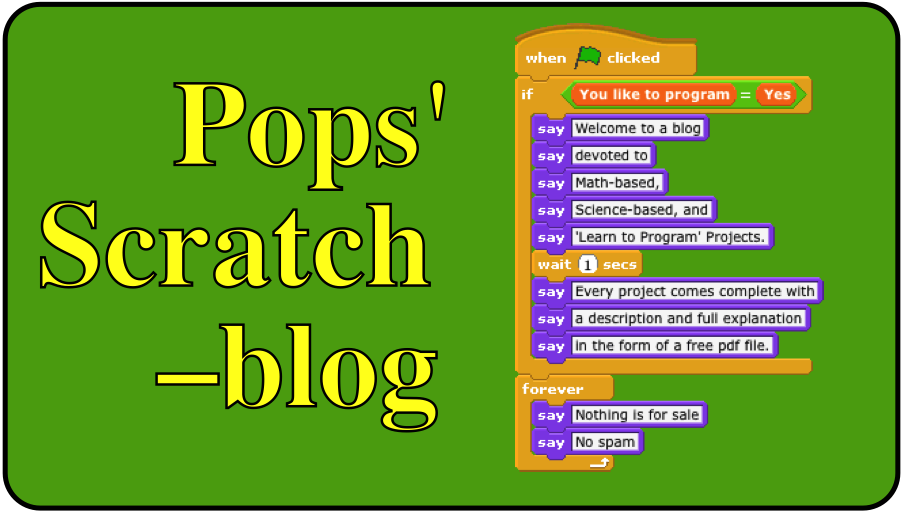In
an earlier post (see Angle Mouse and Other Scratch Geometry Projects (April 15, 2014) http://www.scratch-blog.com/2014/04/angle-mouse-and-other-scratch-geometry.html)
I suggested that coding a geometry concept in Scratch
is a higher-level cognitive task than just memorizing a geometric definition.
To illustrate this belief, I shared with readers two
Scratch projects, Angle Mouse
(http://scratch.mit.edu/projects/16793255/)
and, Perpendicular Mouse
(http://scratch.mit.edu/projects/20186064/).
Here is a third example called Parallel Mouse. As the screenshot shows, a mouse (seen in top down
view) constructs three pairs of parallel lines. The code that directs the mouse
to do this is simple and is a good example of sequencing as a programming skill.
The project itself can be viewed and downloaded by
clicking on this link.
http://scratch.mit.edu/projects/21653980/
If you view the project in action, the mouse will
report that as it draws a line and then goes to a random point on that line, it
turns left 90º, lifts the pen, moves forward a given distance, turns right 90º,
and then draws the line parallel to the first line.
Asking young students to code parallel lines is a
good programming exercise but my project can be taken a step further. It can be
generalized in the sense that the mouse can turn through any angle, say angle x.
In figure (a), the mouse has drawn the first line and
moved to a random point on the line. In (b), the mouse has turned left through
an angle, xº.
In (c), the mouse moves forward a given distance to another
point.
Finally, in (d), the mouse turns right xº and is in position to move back and
forward to draw the line parallel to the first line.
If the diagram (d) is looked at as parallel lines cut by a transversal, then
it can be seen that the corresponding
angles are equal! Math texts simply state that fact about corresponding
angles whereas the young Scratch programmer, if asked to code a program that
constructs parallel lines, can discover that fact for themselves.
